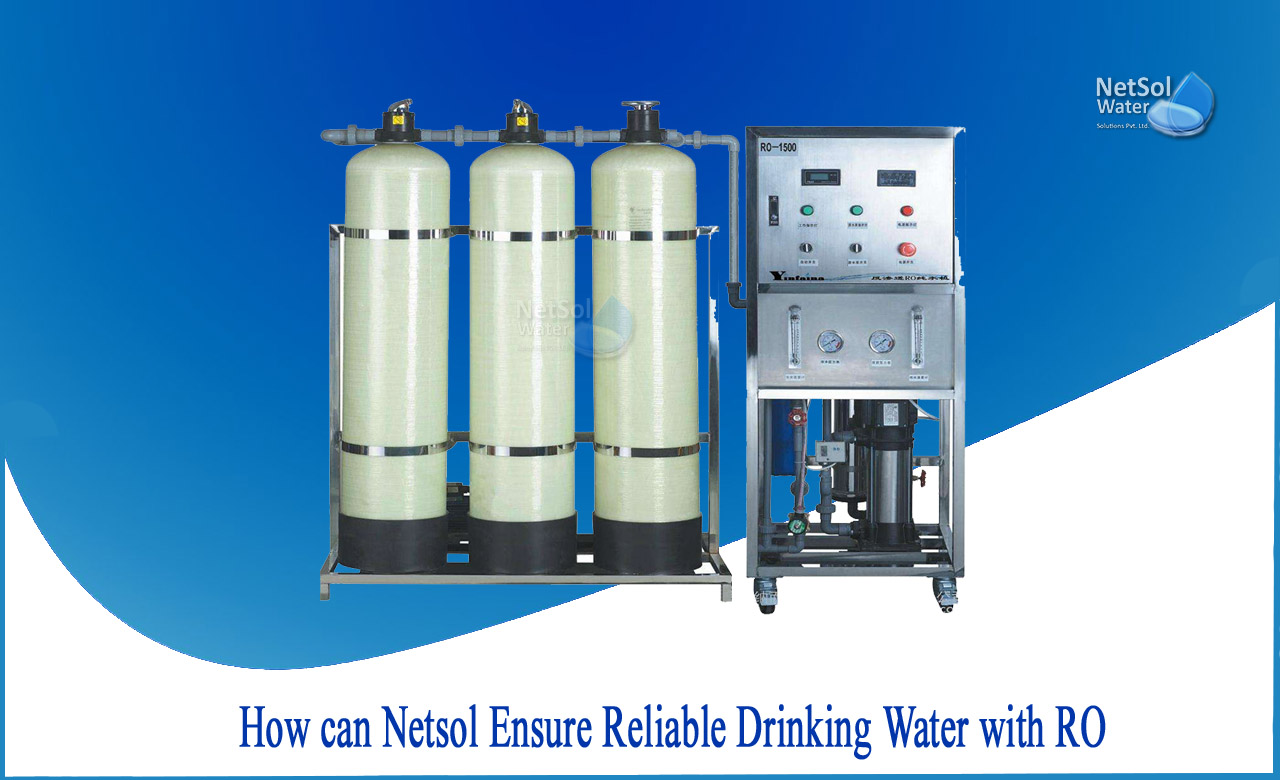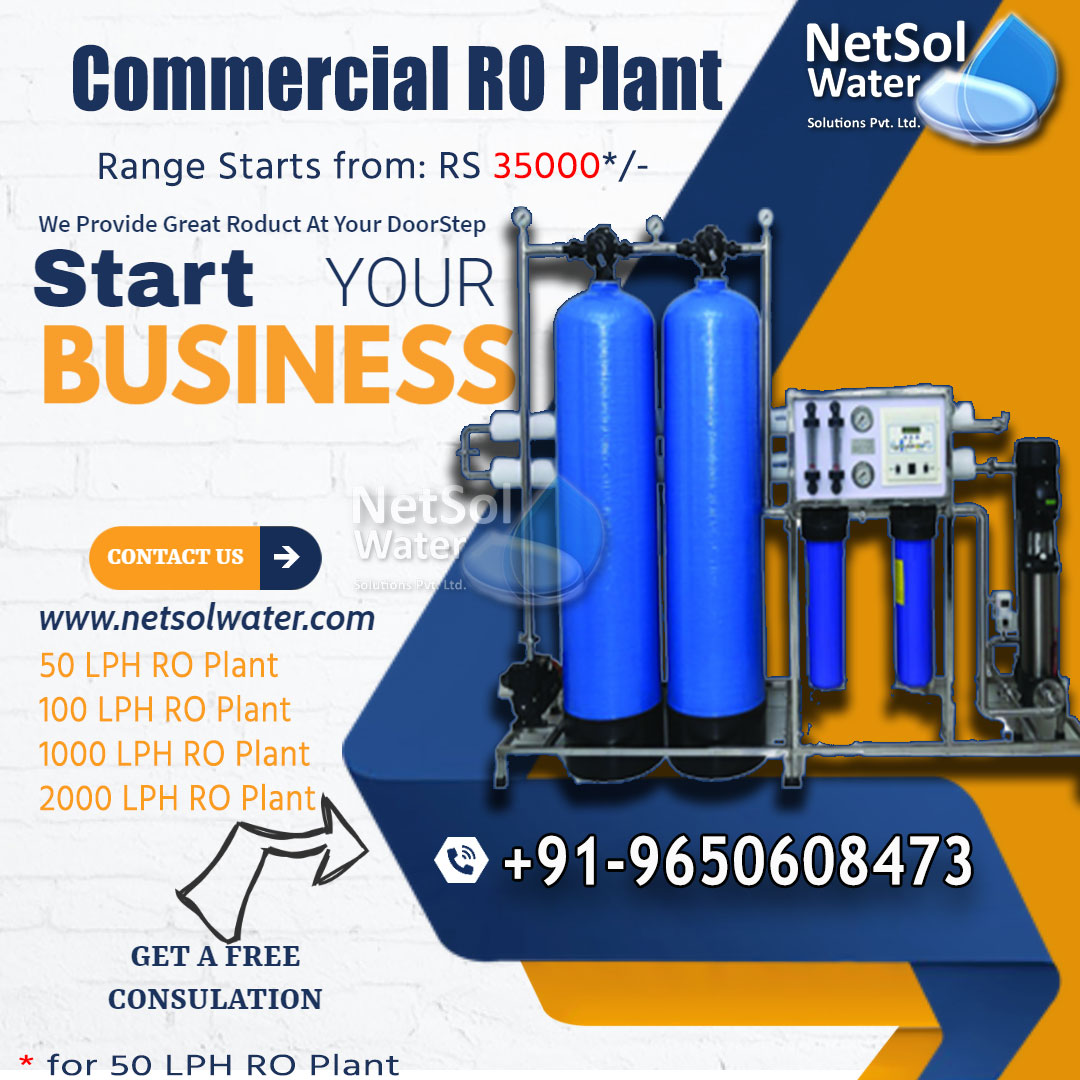Overview
As mentioned in some of our previous articles on water scarcity, water scarcity is not the same in different parts of the world.
There are two types of shortage, physical and economic.
How Netsol RO desalination plantscan help municipalities secure a supply of drinking water to residents at risk of water scarcity?
The answer to this question is given below-
A: “Physical deficiencies can be graphically represented as walking in a desert without water. There is no water for miles or kilometres in any direction”.
More realistically, these are the countries with little or no own surface or groundwater source and little annual rainfall. Without supplying this water from elsewhere, they will not be able to meet the needs of the people. It occurs in northern and southern Africa, most of the Middle East, parts of North and South Asia, the arid regions of Australia, the United States and Mexico, and a small part of eastern and western South America. During the drought period, there are also physical shortages depending on the season.
In these physically scarce cases, RO desalination plants using either beach wells or seawater sources could be the appropriate solution to ensure that the population's drinking water needs are met.
B: Economic shortage cannot really be explained by a simple anecdote.
This can occur in countries where waterways are polluted and there is no sewage treatment facility, or where there is a water source but no infrastructure. Floods and droughts can occur each year and people are not well prepared. Much of this type of shortage is due to lack of funding and/or lack of government stability and consideration. Most of the economic shortages occur over a wide area from the west coast to the east coast of Central Africa. It is also found in northern India, Bangladesh, Vietnam, Laos, Cambodia and Myanmar in Asia. Most of the other Caribbean and South American countries, including Central America, Haiti, the Dominican Republic, and Peru, are also affected. In some cases, this happens after catastrophic events such as hurricanes, earthquakes, and other natural or man-made disasters such as Flint, Michigan.
How Netsol make RO water safe to drink?
Ghana, India, the Philippines, etc. are suffering from economic water shortages in these regions. In these countries, an organization like Netsol Water Solutions can work with local EPC partners and government agencies to advice, design and engineer RO desalination plants to provide additional clean water sources to specific communities and cities.
Netsol can design, build and supply the RO desalination plant with the protection of the surrounding marine environment in mind. The open inlet and outlet system is specially designed to significantly reduce the adverse effects on marine life with a unique inlet and brine distribution method. This process reduces the associated pre-treatment costs. The drawn seawater is stored in a storage tank until it is fed into a multi-step filtration process, after which reverse osmosis removes contamination. The resulting water is remineralized for flavour, disinfected and stored for distribution.
Each system will be designed to optimize investment/operating costs and exceed EPA and WHO drinking water standards.
Conclusion
Netsol Water provide consulting, engineering/design and innovative purification technologies to help the community address water scarcity. In this way, they can provide residents with a reliable source of drinking water.
Contact water treatment experts at Netsol Water for further details on Reverse Osmosis.




